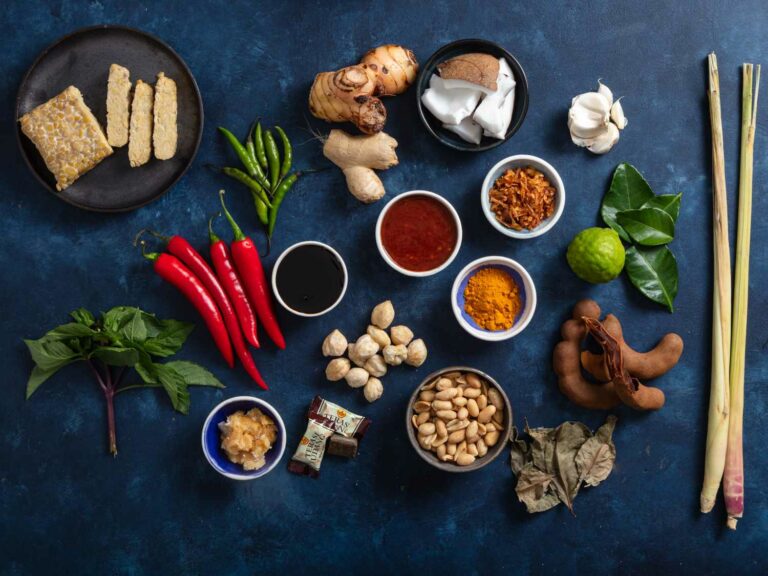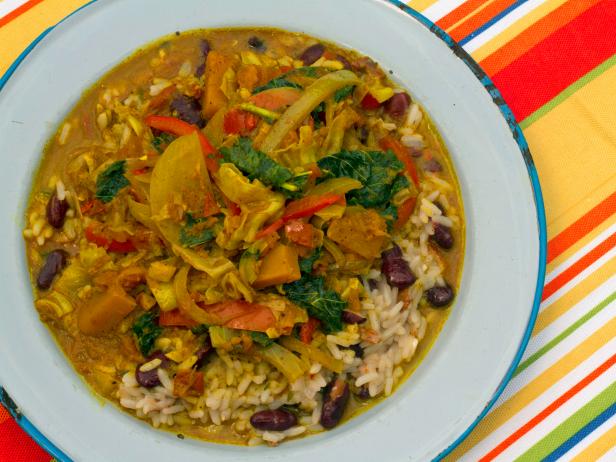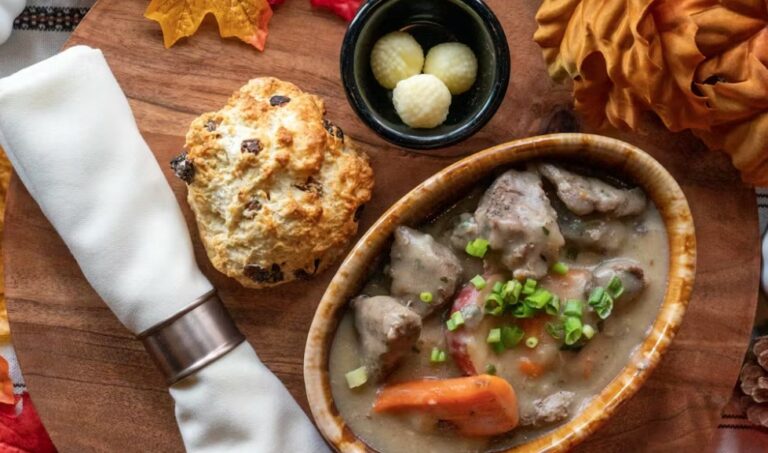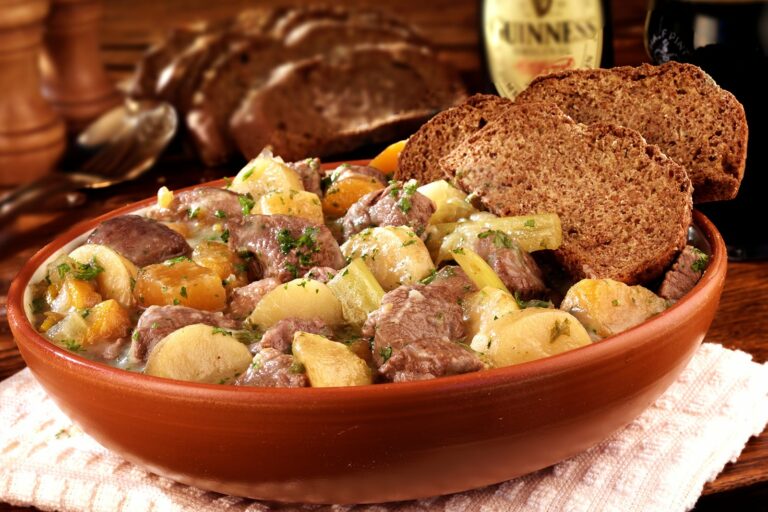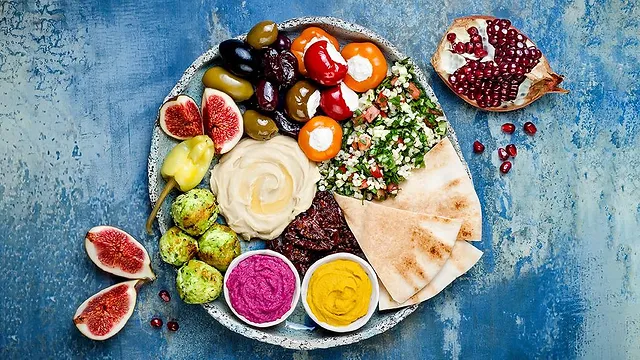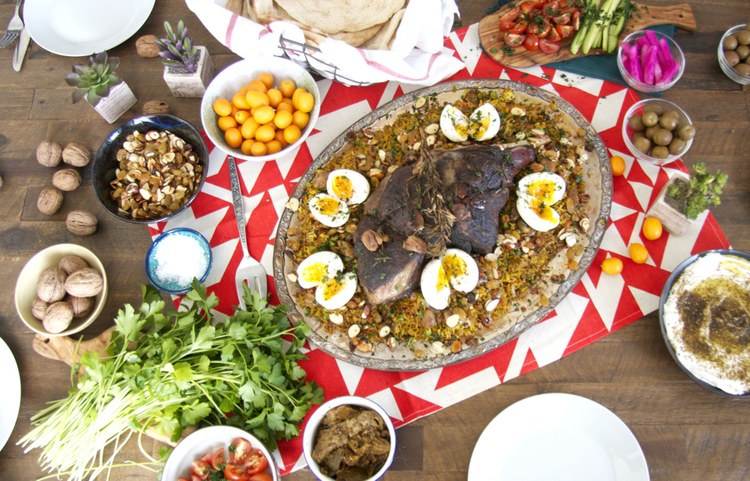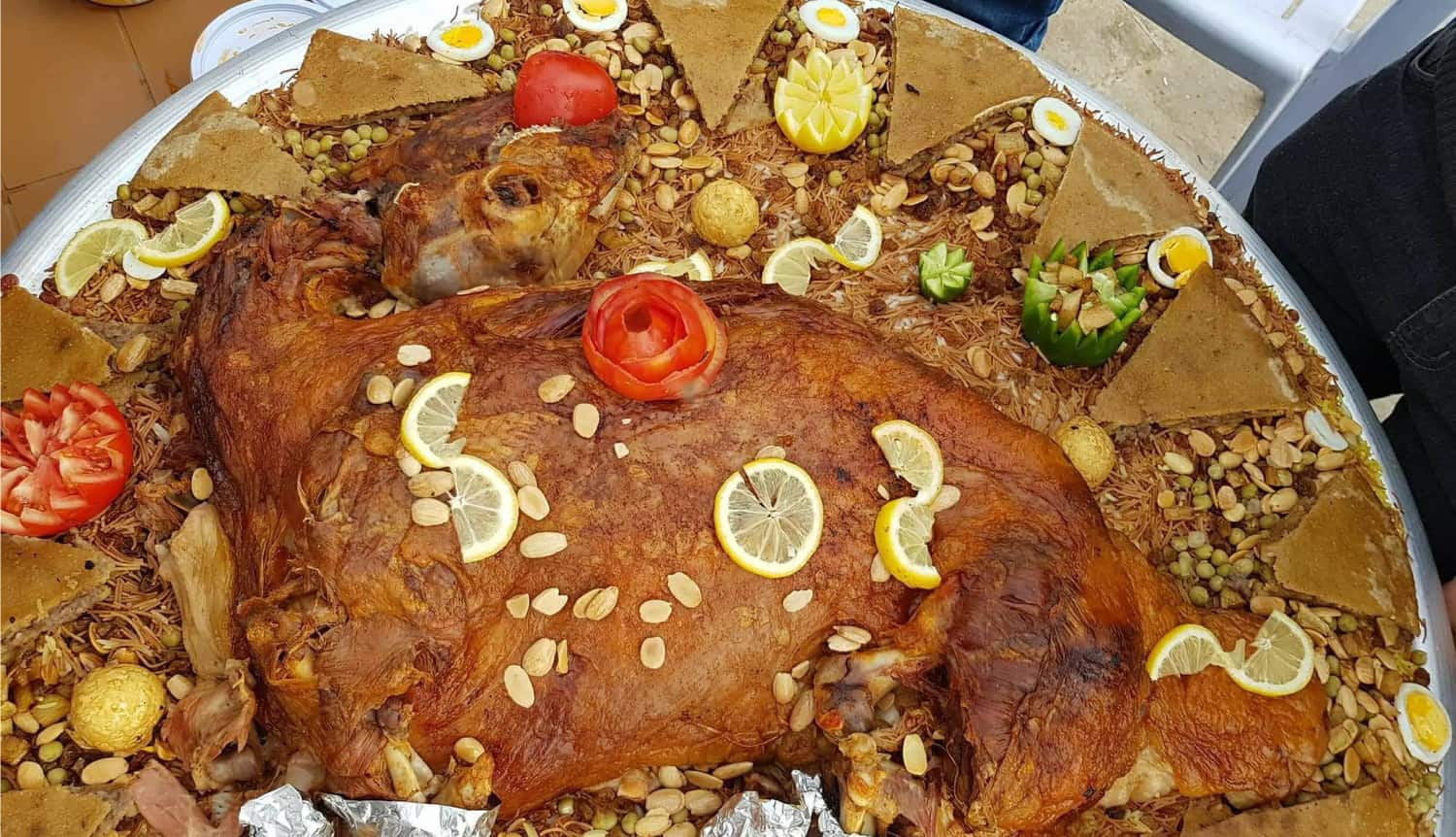Introduction: Indonesian Cuisine
Indonesia is a culturally rich and diverse country with more than 17,000 islands, each with its own unique cuisine. Indonesian cuisine has been heavily influenced by the country’s history, geography, and the cultures that have been introduced to it throughout the years. Indonesian cuisine is known for its bold flavors and aromatic spices, making it one of the most flavorful cuisines in the world.
Dietary Restrictions in Indonesian Cuisine
Indonesian cuisine offers a wide variety of dishes that cater to various dietary restrictions. As a predominantly Muslim country, many Indonesian dishes are halal or can be modified to meet halal requirements. In addition, many dishes can also be made vegetarian or vegan-friendly by omitting the meat or fish and replacing it with tofu, tempeh, or vegetables.
Halal Food in Indonesian Cuisine
Halal food is widely available in Indonesian cuisine, making it easy for Muslims to find suitable dishes to eat. Many traditional Indonesian dishes use beef, chicken or lamb, but these meats must be slaughtered according to Islamic law before they can be considered halal. To ensure that a dish is halal, Muslims can look for the “halal” symbol on packaged foods or ask the restaurant staff if the dish is halal.
Vegetarian and Vegan Options in Indonesian Cuisine
Indonesian cuisine is also very accommodating to vegetarians and vegans. Many dishes can be made without meat or fish by substituting it with tofu, tempeh, or vegetables. Some popular vegetarian and vegan dishes in Indonesian cuisine include Gado-Gado, a salad made with boiled vegetables and peanut sauce, and Sayur Asem, a sour vegetable soup made with tamarind and vegetables.
Traditional Spices and Ingredients in Indonesian Cuisine
Indonesian cuisine is known for its aromatic spices and ingredients, many of which have health benefits. Some of the common spices used in Indonesian cuisine include turmeric, ginger, lemongrass, and galangal. These spices are rich in antioxidants and anti-inflammatory compounds that can boost overall health. In addition, many Indonesian dishes incorporate fresh herbs and vegetables such as chillies, shallots, and garlic, which are also rich in vitamins and minerals.
Conclusion: Enjoying Indonesian Cuisine with Dietary Restrictions
Indonesian cuisine offers a diverse range of dishes that cater to various dietary restrictions and preferences. Whether you are looking for halal, vegetarian or vegan options, Indonesian cuisine can offer something for everyone. With its bold flavors and aromatic spices, Indonesian cuisine is a must-try for food lovers all over the world.


